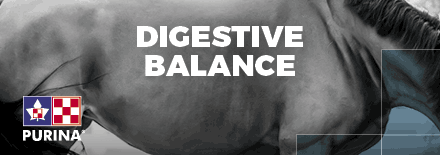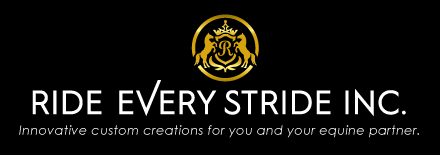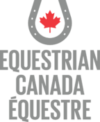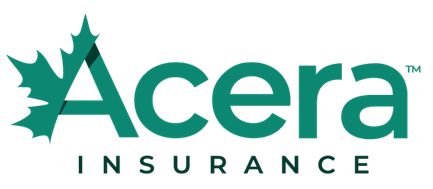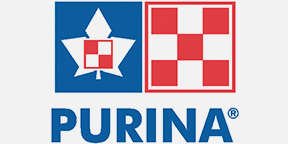Lean protein – Helps build and repair
Proteins are often called the building blocks of the body. Protein consists of combinations of structures called amino acids that combine in various ways to help build and repair muscles, bone, tendons, skin, hair, and other tissues. They serve other functions as well, including nutrient transportation and enzyme production.
Adequate, regular protein intake is essential because it isn’t easily stored by the body. Various foods supply protein in varying amounts with complete proteins (those containing eight essential amino acids) coming mostly from animal products such as meat, fish, dairy and eggs and incomplete protein (lacking one or more essential amino acid) coming from sources like vegetables, fruit, nuts, legumes, dried and canned beans and peas.
Contrary to what many athletes believe, eating protein does not build muscle. It is the result of exercise (resistance training) that ultimately builds muscles. Dietary protein is crucial in the rebuilding and recovery process, but does not in itself build muscle.
Protein needs for the equestrian athlete
Athletes require protein primarily to repair and rebuild muscle that is broken down during exercise and to help optimize carbohydrate storage in the form of glycogen. Protein isn’t an ideal source of fuel for exercise, but can be used when the diet lacks adequate carbohydrates. This is dangerous because if we use protein for fuel then there won’t be enough available to repair and rebuild body tissues and muscle.
Complete proteins may include:
Tofu
Salmon
Soy milk
Low fat milk
Tuna (canned in water)
Organic almond butter
Low fat Greek yogurt, plain
Turkey breast, skin removed
Breast of chicken, skin removed
Organic eggs, boiled (soft or hard) or poached
Low fat cheeses with a milk fat no greater than 20%
Lean sources of beef and pork such as loin and/or tenderloin
Protein needs for the vegetarian equestrian athlete
Since proteins from plant sources do not have a complete amino acid profile, like animal protein does, it is more difficult for the vegetarian to obtain the required daily caloric intake.
Fortunately there is quinoa, which is pronounced “keen-wah.” Although referred to as a grain, quinoa is actually a seed from a vegetable related to Swiss chard, spinach and beets. Quinoa is high in protein and the quality is regarded as an adequate source of all eight essential amino acids.
Other plant-based foods rich in protein include nuts, legumes, dried and canned beans and peas.
The other alternative is to combine two different sources of plant protein. For example, brown rice and beans; whole wheat bread with split-pea soup; tofu and brown rice; vegan chili with kidney beans; whole wheat pasta and low fat cheese; whole grain cereal and soy milk can be considered a complete protein. The concept behind combining is simple; what one plant-based protein lacks, the other provides. When you combine them and you get a complete protein.
Please note that substitutions for milk may include almond, coconut, hemp and rice. My favorite choice is organic soy. Soy milk is high in protein, potassium and phosphorus. Remember that milk substitutes lack in the much-needed mineral, calcium.
Choice is plentiful when it comes to vegetarian foods such as soy burgers, faux chicken nuggets, faux chicken strips, faux spareribs, faux deli slices etc. to satisfy even the pickiest vegetarian.
Success for the vegetarian equestrian athlete in acquiring the eight essential amino acids is to eat a variety of foods throughout the day.
Too much protein
Unfortunately too much protein can create problems with the health and performance of the equestrian athlete.
Protein breaks down into urea, a waste product eliminated in the urine. Therefore, protein is hard on the kidneys and anyone eating excess amounts of protein should drink extra fluids.
Consuming animal based protein increases the amount of saturated fat in your diet. Saturated fat should be limited to no more than 7% of your total daily caloric intake.
The rule of thumb is to consume plant-based proteins three days of the week, beef, pork and poultry one day of the week, fish and seafood two days of the week and one day of whatever you want.
Please check back next week when I will expand on the need for healthy fat in our diets.
“Remember, Food Does Not Have To Be Just Another Four Letter Word!” – Ian Harris
Ian can be reached at ian@ianharris.ca. You can also follow his nutrition tips on Facebook at www.facebook.com/nutritionequestrianathlete or visit www.ianharris.ca


